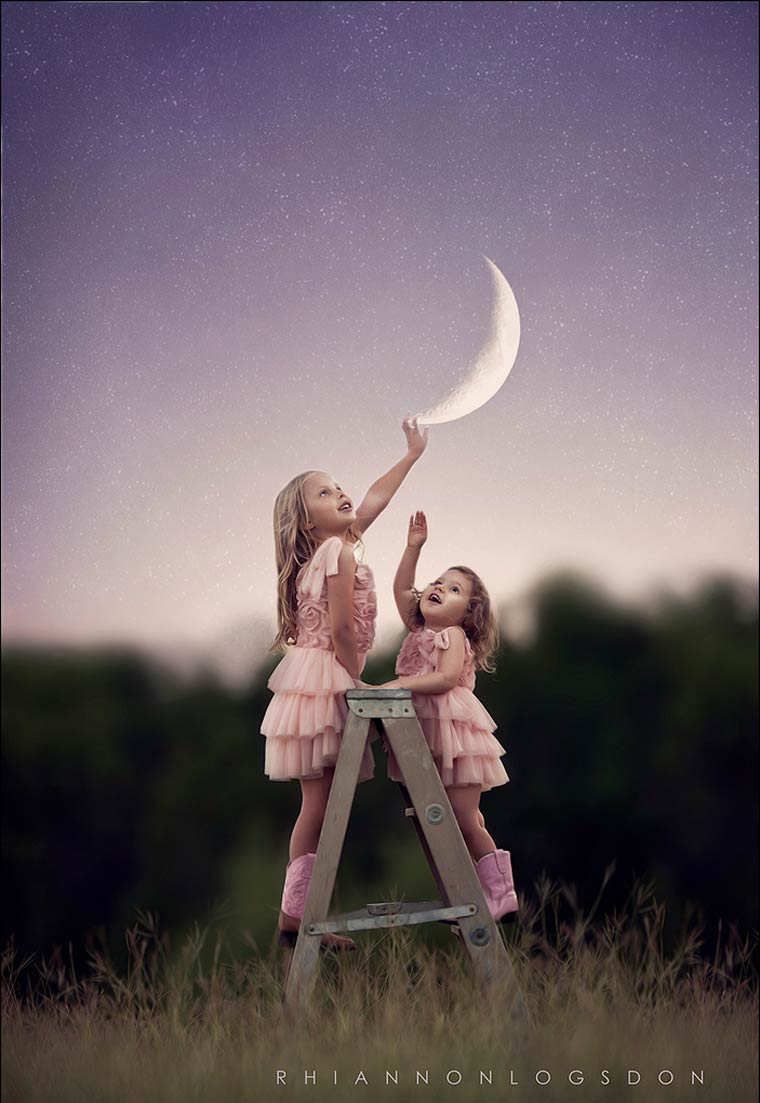Creative Storytelling Options for Those Who Don’t Like to Write
Today’s guest post is by Jacqui Murray.
When people hear the word “writing”, most think typing, maybe aching hands, but that’s the process. Not the product. In writing classes and seminars, experts told you to “write narratives using effective technique, pithy details, and well-structured event sequences.” Nowhere did they specify the tool to be used. Traditionally, writers accomplished these worthy goals with words, paragraphs, pages, and chapters.
But why?
Consider this scenario: You are required to draw a picture that describes the horrors of war, but you’re a lousy artist. The best you can do is stick figures and red flames. Or you feel a story nibbling at your brain, but your special needs prevent you from typing. You give up, decide you can’t write.
If you found a kernel of truth in this, take one of the free online quizzes that determine your best communication style. You might try the North Carolina State University’s Learning Style Quiz (four pages) based on Howard Gardner’s iconic Theory of Multiple Intelligences, It has become the model for mapping out learning modalities such as linguistic, hands-on, kinesthetic, math, verbal, and art. Understanding which you are informs your best communication method.
I’ll wait.
Done? Surprised your strengths are something other than keyboarding? Now check the options below and see which fits what you learned about your personal storytelling skills:
Art
What better way to portray the intricacies of a story than to draw them. Daniel Tammet, a high-functioning autistic savant, is famous for seeing the answers to math problems as a colorful landscape across the horizon of his brain. This link shows his mental image of Pi (scroll down to see it), the one that allowed him to recite the first 22,514 digits of Pi from memory.
Me, all I see is colors and waves. Comics are trendy with kids and techies and the appeal of the adult version—graphic novels—is booming. An increasing number of readers prefer to read a story told with the richness of art rather than a mind-numbing page of words. According to the International Association of Professional Writers and Editors, many librarians claim their most popular genre now is graphic novels.
Excellent online drawing tools include Lunapic, Paint Studio, and Pixlr. If comics are your writing jam, try Powtoons or Storyboard That!
Audio
Audio books are the fastest growing medium for publishing books. They require no hands (great if you’re driving or watching a boring TV show) and include the depth and expression of voice to build the tale. You can use a full featured app like Audacity (actually, this is software) or Audible, or a simple audio recording program like MicNote or Soundcloud.
Desktop Publishing
Desktop publishing blends a wide variety of media—pictures, text, audio, video, music, color, and layout—to tell a story. Good free/fee options are Canva, LucidPress, or MS Publisher.
Music
For some, nothing develops plot, characters, and setting better than music. Celine Dion’s wildly popular Titanic song (“My Heart Will Go On”) drenched millions of listeners in the debilitating emotion of a lost love. If this were a book, it would have sold out. Opera is the most recognizable form of musical storytelling. In this modality, singers and musicians combine text and music to perform a dramatic work.
To tell your story with original music, GarageBand and Finale Notepad are popular choices.
Slideshow
Slideshows like PowerPoint and Slides have long been the oral presentation’s sidekick but recently, a lot of writers use them to create trailers, book presentations, animations, and even ebooks. Stories are told with a blend of text, imagery, movement, and sound, and then saved as a video.
Spreadsheet
Every story I write starts as a spreadsheet. This allows me to lay out the scenes, crises, characters, move pieces around, and add links and pictures off to the side that inspire my thinking. When I finish this draft, I convert it to word processing. For my latest book, that was over 65,000 words.
Video
Called “video storytelling” by many, online apps like Instagram, Facebook, YouTube, and TikTok make it easy to tell a story with video—no written words required (though many include subtitles). Movies have done this for a long time but it’s a recent development that amateur cinematographers can turn out quality products that garner large numbers of readers. If you have children, you’ve discovered the plethora of children’s books available as videos.
Video storytelling is best suited to microfiction, flash fiction, short stories, and novellas.
That’s it—lots of storytelling options that require nominal writing and loads of creativity. The next time you say, “I can’t write a novel!” correct yourself. Yes, you can, in unusual ways that will excite, entice, and energize a legion of new readers.
 Jacqui Murray is the author of the popular prehistoric fiction saga Man vs. Nature and the Rowe-Delamagente thrillers and Building a Midshipman, the story of her daughter’s journey to the United States Naval Academy. She is an Amazon Vine Voice, a columnist for NEA Today, and a freelance journalist on tech ed topics. She blogs at WordDreams–would love for you to join the conversation. You can also reach her on Twitter, Facebook, LinkedIn, Pinterest, or Instagram. Look for her latest prehistoric fiction, Laws of Nature.
Jacqui Murray is the author of the popular prehistoric fiction saga Man vs. Nature and the Rowe-Delamagente thrillers and Building a Midshipman, the story of her daughter’s journey to the United States Naval Academy. She is an Amazon Vine Voice, a columnist for NEA Today, and a freelance journalist on tech ed topics. She blogs at WordDreams–would love for you to join the conversation. You can also reach her on Twitter, Facebook, LinkedIn, Pinterest, or Instagram. Look for her latest prehistoric fiction, Laws of Nature.
Featured Photo by Alice Dietrich on Unsplash












Jacqui, you’ve come up with such creative ways of producing a story. I love it. I did take the quiz. I am well balanced in learning styles except in the active/reflective category, I am strongly reflective. I guess that explains why I am comfortable working alone in quiet surroundings.
One of these tests long ago was when I began to believe I was a visual learner. What an epiphany!
Makes sense, doesn’t it, Priscilla? My students (including the adult ones) love finding out that they learn in their own way, even if it doesn’t fit into the box.
Great suggestions on other ways to write a story. I would definitely be drawing stick figures if I tried to draw.
Thanks, Natalie. It’s good to remember it’s not the tool (pencil) that makes the story. I think the growing interest in audiobooks really gets that across.
Interesting quiz, Jacqui. I’m well-balance in all areas, which IS a shock, except for strong leanings to sensing and intuitive. Makes perfect sense to me, being the over-thinker I am.
Thanks, Felicia. These are pretty good tests so maybe it means you have hidden abilities!
That was fascinating, Jacqui. I’ve taken the test and want to study my results more carefully. I’m always interested in discovering ways I can improve, and these insights could help me with my process. Thanks.
Thanks, Susanne, for having Jacqui here today.
Thank you so much for hosting me today, Susanne. This will be fun!
Thanks for visiting, Staci. It is an interesting test. I use it in my grad school classes, too.
I like the spreadsheet idea best. I think that works best for me,
Thank you, Anneli! You and I might be the only ones who like spreadsheets. I’m delaying starting Book 3 because I miss the spreadsheet layout!
Odd that comment came through with my husband’s name!
Music always works for me. I’m anxious to take the test. Thanks for sharing, Jacqui!
It’s enlightening, for sure. And makes you think.
I actually do like to write, Jacqui, though I’m a visual person and often “see” a book in my head as I write it (or read it). I would love to play more with visual storytelling, but who has the time?? Ha ha. That was a fun assessment and thanks for all the thought-starters!
I like that visual stories–graphic novels and their cousins–are becoming more popular. I think it opens up writing to many more people.
This is a post after my own heart, for sure, both from my perspective as a writing teacher and expanding the horizons of my own creative expression. Brava, Jacqui!
I bet you’ve seen many students who have a story in their heart but can’t get it out by traditional means. Me, too, which is probably what motivated this approach.
Some great new ways to approach writing here, Jacqui. I’ve been toying with an audio book for awhile. Thanks for sharing! Thank you, Susanne for hosting Jacqui.
We do tend to think of audio books as an alternative to written but it doesn’t have to be. Right?
Good ideas Jacqui. In one of my offices, I have two 4′ x 6′ glass boards where I use magic markers to make notes and connections to my writing. It helps me keep a thought and from going too far afield. I also love listening to audiobooks in the car!
Love the idea of the glass board. I might borrow that. Thanks for finding me over here!
What an excellent post. I especially found ART and the link from math to a colorful landscape fascinating. Wish I could do that;)
Thanks for hosting our wonderful Jacqui, C. S.
That landscape thing that Daniel Tammet does is amazing. I watched a video of him reciting Pi to 22,000+ places and imagined him following the colorful landscape. Just amazing.
There’s so many ways to tell a story with modern technology, the sky is literally the limit!
Wonderful post, Jacqui. I never looked at TikTok and Instagram that way, but you’re right. For a lot of people, visualization is easier to absorb, so who knows, maybe it’s the way of the future?
Sorry I’m late responding, Jacquie. Yikes! I love living in an era where stories are told many ways, not just laboriously with text and paper.
This is a very good list, Jacqui. I am pleased to note that I do most of these things. The only one I haven’t done is write a song, but I do write poems and songs are just poems set to music.
Sorry I’m late responding, Robbie. <>. I have yet to have a student select the song option though some of them should. It’s a great alternative and really pulls an audience in.
I took the quiz and not surprising, I tend to be very sequential. That is the Virgo quality in me. These are great things to consider, Jacqui! Thank you for sharing!
So that fit your expectations? I’d say you know yourself well. I was definitely inspired by my students. Seeing them resist writing stories when I know one lives inside of them, I had to find alternatives.
Thank you for this very interesting posting. These are very great advice how writing can get much more easier. Have a beautiful weekend! Michael xx
Thanks for visiting, Michael. I know I used to access your blog but for some reason, I can’t visit anymore. I love seeing what you’re up to.
I loved the video but my gosh, reading this post puts me in awe with your talent and devotion to your work, Jacqui.